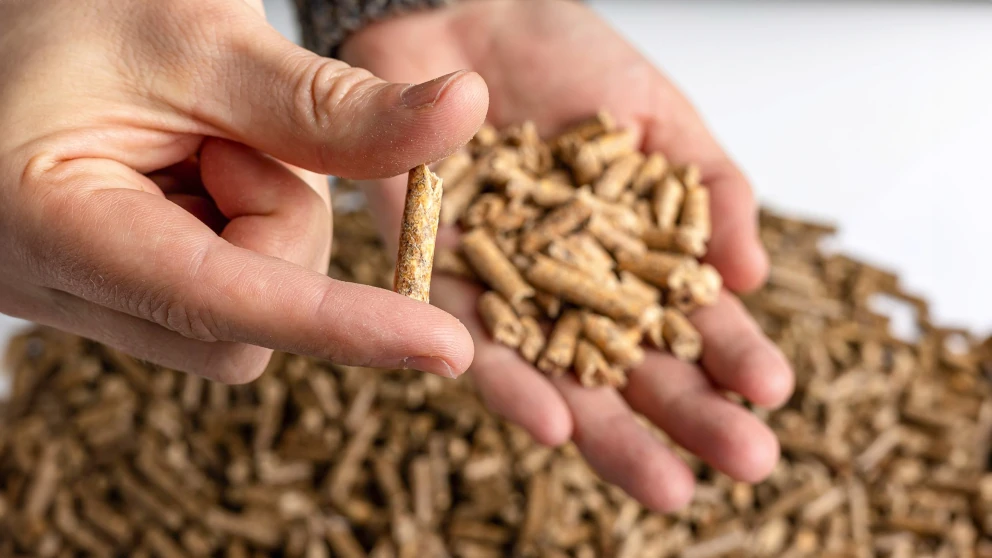Pellet is a fuel material or fuel that is made from a variety of materials. Interestingly, not just from wood itself. In this article, we present five basic materials from which fuel pellets are made. Check it out!
1. The absolute basics - wood pellets
Wood pellets are widely used because of their energy efficiency and availability. It is produced from wood residues such as sawdust, shavings and sawmill waste. The use of these materials makes it possible to manage wood waste efficiently, but also to promote sustainable forestry.
Thanks to its high calorific value, wood pellets are a valued source of heat in domestic heating systems and industrial heating. Its production is relatively simple and environmentally neutral - it does not generate excessive emissions of harmful gases compared to traditional fossil fuels. Wood pellets are also easy to store and transport, which adds to their attractiveness in the fuel market.
2. Straw pellets
Straw pellets are an innovative alternative to traditional fuels. It is made from dried straw, mainly grain straw, which is compressed into small pellets. This form of pellet is particularly valued for its ecological properties.
Straw as a material for pellet production is not expensive, and an additional advantage is its wide availability in agricultural regions. It is an alternative for those looking for relatively climate-neutral fuels, as burning straw emits only as much carbon dioxide as the plants have absorbed during growth. Straw pellets are therefore a solution that supports climate action without compromising on energy efficiency.
3. Sunflower husk pellets
Sunflower husk pellets are another eco-friendly fuel option. The husks are a by-product of the oil industry and remain a cheap resource. Sunflower husk pellets have a high calorific value.
The production of sunflower husk pellets reduces industrial waste while providing an alternative energy source. The good heating properties and safety of use of this type of fuel make it an interesting alternative to traditional wood fuels.
4. Grass pellets
Grass pellets use dried and compressed grasses as a renewable energy source. This process allows the use of biomass that would go to waste without processing it into this type of fuel.
Its use is less harmful to the environment, as it emits fewer harmful substances than traditional fuels. Grass pellets are a great type of fuel for heating systems that can use green alternatives.
5. agropellet
Pellets made from agricultural waste are a way to efficiently use leftovers from agricultural production. Turning this waste into pellets helps reduce the amount of waste in the environment. This is a solution that not only takes care of the planet, but also offers farmers an additional source of income. Another interesting type of material used to make fuel pellets.
Fuel pellets can be made from a variety of materials, not only wood, but also straw, sunflower hulls, grasses and agricultural waste. Each of these materials provides a range of benefits, and supports sustainable waste and energy management. So you can see how many ways residential buildings and other facilities can be heated, and that a pellet boiler is a device that functions using types of pellets other than wood.
